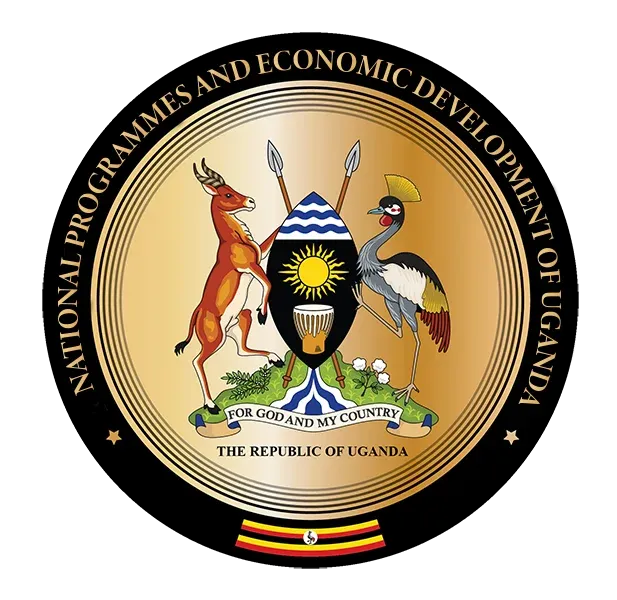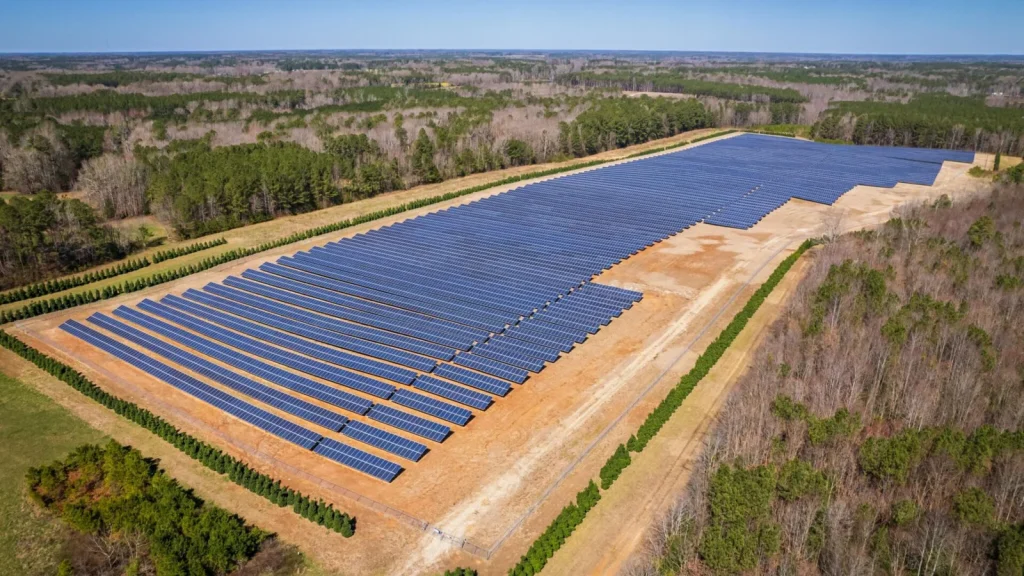- Plot 11 B, Acacia Avenue, Kololo. P.O Box 762176 Kampala, Uganda
- info@niaprojectunit.org
- Opportunities
- ARM
- NIA
- NIA GEOPORTAL

40MW Solar PV Plant Project
- Home
- Solar Project



Key Assumptions and Standards
The electrical works for the Busunju Pader Project are planned and executed based on defined assumptions and strict adherence to internationally recognized standards. This ensures efficiency, quality, safety, and long-term performance of the installation.
The electrical scope includes the design, supply, installation, testing, and commissioning of all systems needed to generate, transmit, and integrate 40MW of solar energy into the national grid. These activities guarantee operational reliability and compliance with both national and global requirements.
1. Project Capacity and Phasing
Phase 1
Implementation of the initial 20MW capacity together with the essential electrical infrastructure required for power generation and grid connection.
Phase 2
Delivery of the remaining 20MW and enhancements to grid interconnection systems.
All electrical design work, material selection, and installation schedules will follow the phased development timeline.
2. Technology Selection
Monocrystalline solar panels are adopted due to their high efficiency and suitability for Uganda’s climatic conditions.
String inverters are used to support system scalability and simplify maintenance.
3. Grid Integration
- A 10 km loop-in loop-out transmission line will connect the plant to the nearest substation at a medium voltage level of 33kV.
Grid synchronization will follow Uganda Electricity Distribution Company Limited (UEDCL) interconnection requirements.
DC-to-AC converters and step-up transformers will be integrated to ensure compatibility with the national grid.
4. Site-Specific Conditions
- The Busunju, Pader project site benefits from high solar irradiance, averaging 5 to 6 peak sun hours per day, which supports efficient energy production.
Soil conditions are suitable for trenching and installation of grounding systems without major geological constraints.
5. Environmental and Safety Considerations
All works follow recognized standards such as IEC and IEEE.
Earthing and bonding systems are incorporated to promote safety and operational stability.
The project follows Environmental and Social Impact Assessment (ESIA) guidelines to minimize environmental disruption.
Safety provisions such as surge protection and grounding are included throughout the electrical design.
Purpose
Consistency
Ensures uniform application of systems and methods throughout all phases.
Safety
Protects personnel, equipment, and surrounding communities.
Reliability
Guarantees a stable and long-lasting power system.
Compliance
Supports smooth regulatory approvals and seamless integration with the national gri